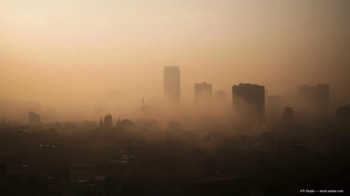
Ophthalmic community focusing on DED education
The industry is increasing awareness during Dry Eye Awareness Month in July.
The ophthalmic community is focusing its attention on
In 2017, the
On July 10, TFOS and the
A “Test Your Tears” dry eye screening (using osmolarity) will be held concurrently, TFOS said in a statement.
“The vision community is making Congressional education about dry eye a priority since it impacts healthcare policy, as it is one of the most frequent causes of patient visits to eye care providers,” The organization said in its statement. “Federal research funding from the National Institutes of Health (NIH), including its National Eye Institute (NEI), is being used to study dry eye causes and develop treatments.”
The dry eye panelists expected to speak at the briefing include
RELATED:
Several other groups will take part in the briefing, including the
Raising Awareness
Beyond the TFOS/AEVR outreach, other organizations are providing materials for patients and/or handouts for physicians to educate their patients on treatment options for DED or on the overall disease state. Here is just a sampling:
The National Eye Institute has a
The Center for Sight’s
An affiliate of AEVR, the National AEVR (NAEVR) has recently concentrated on raising awareness of the ethnic and racial differences that are becoming more prevalent in diagnosing DED.
In May, the group submitted written testimony to the Senate, “urging the Subcommittee to appropriate at least $41.6 billion for
NAEVR submitted similar testimony to the House Appropriations Subcommittee in April.
Research to Prevent Blindness offers professionals
Sjögren’s Syndrome Foundation notes it is “dedicated to providing the most up-to-date information to patients and healthcare providers.” It offers links to its most recent brochures and fact sheets, including those specific to dry eye as a
References:
1. Craig JP, Nelson JD, Azar DT, et al. TFOS DEWS II Report Executive Summary. Ocul Surf 2017;15(4):802-12.
Newsletter
Don’t miss out—get Ophthalmology Times updates on the latest clinical advancements and expert interviews, straight to your inbox.













































